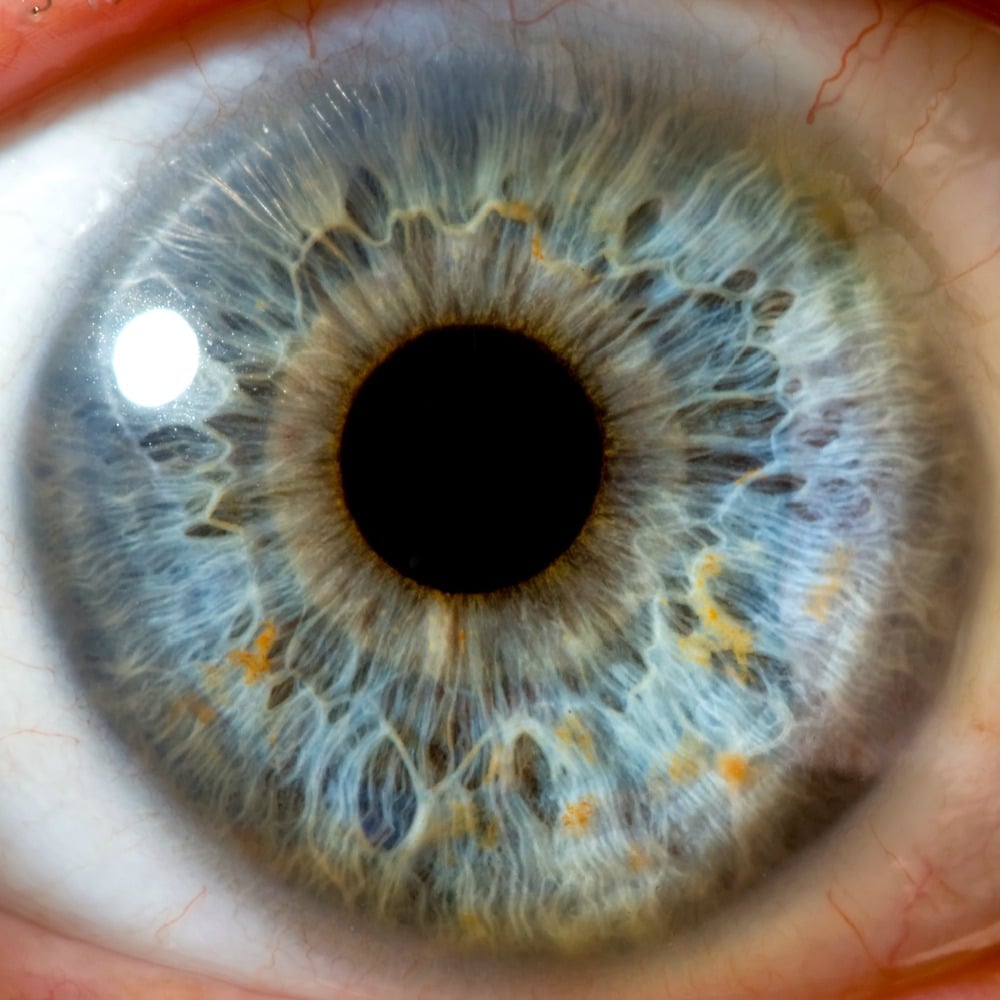Myopia is the most common disorder affecting the eyesight, and incidence of myopia is on the rise, which is worrying for severely short sighted people as it increases risk for developing eyesight complications. Short-sightedness or near-sightededness is also known as myopia, cause for the condition are genetic and environmental.
Important progress has been made towards understanding mechanisms behind the development of myopia. The CREAM international research group has conducted a study evaluating data involving more than 250,000 people from Asia, North America, and Europe in cooperation with gene test provider 23andme, identifying 161 genetic factors for spherical equivalent and myopia, most of which were unknown. It was discovered that all retinal cell types play roles in development of myopia alongside the primary role as light processors, supporting the theory of internal eye layer communicating with external layer to increase eye length, which is a decisive factor in the development of myopia.
Increase of short-sightedness worldwide is a phenomenon that has been most notable over the last decade. Increase is likely due to rising levels of education as people read a lot and perform a great deal of close up work, usually in poor levels of daylight, eyes adjust to these visual habits and the eyeball becomes more elongated as a result. If the eye becomes too elongated the cornea and lens focus the image in front of the retina rather than on it, making distant objects appear blurry.




